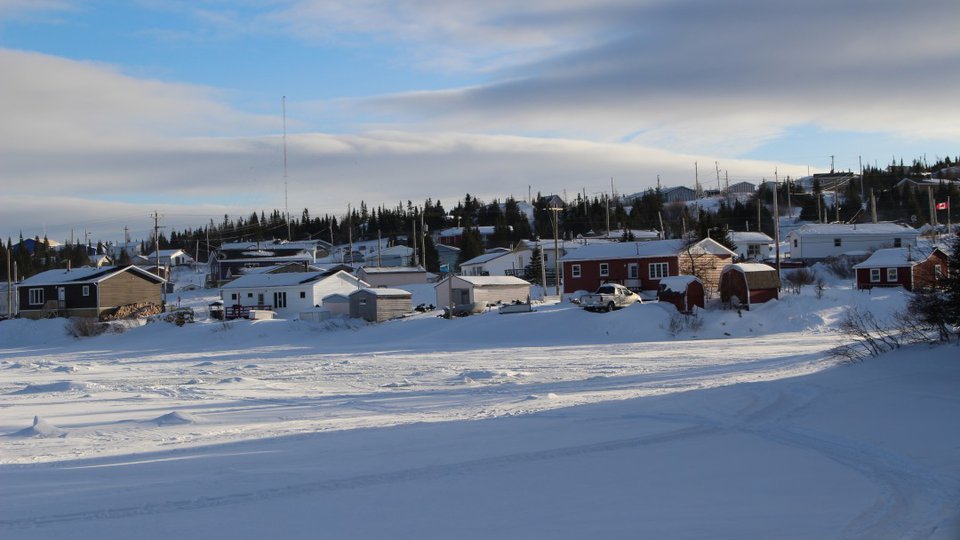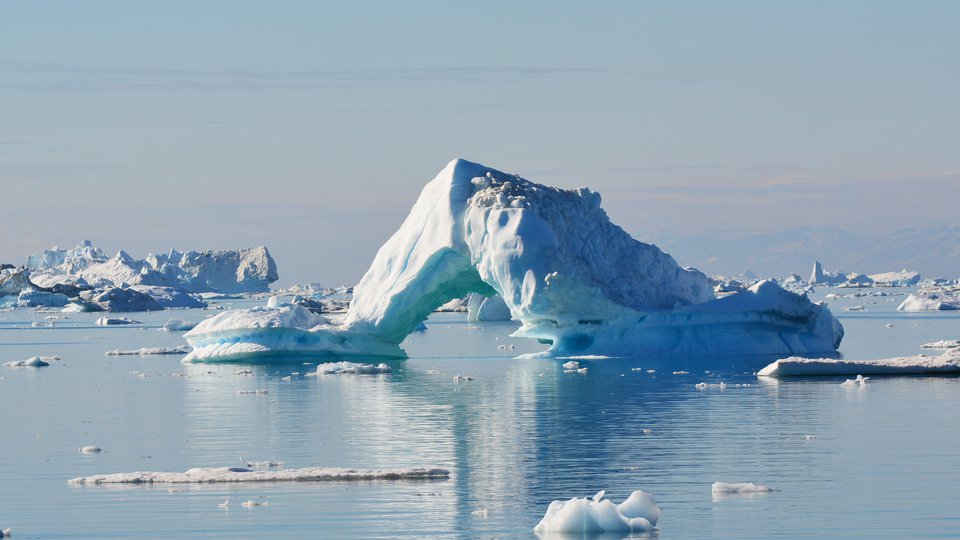
anada is known for iconic landscapes – the rocky peaks of Banff National Park, the rugged coast of Haida Gwaii, and the tranquil lakes of Algonquin Provincial Park attract millions of visitors each year and are an important piece of our national identity.

The Qaqulluit National Wildlife Area, Baffin Island, Nunavut. Photo by Cody Dey.

A Northern Fulmar. Photo by Cody Dey.
But some of Canada’s most beautiful places are in the north, hidden from most Canadians, but no less dramatic that their southern counterparts. The Qaqulluit National Wildlife Area is one such place. Located 100 km southeast of Qikitarjuaq on the coast of Baffin Island, the area is centered around towering cliffs where nearly ¼ of the Canadian population of Northern Fulmars nest. This unique bird is a smaller cousin of the albatross, and it shares the area with seals, narwhal, bowhead whales and polar bears.

A walrus amongst icebergs. Photo by Cody Dey.

Northern Fulmars nest on the towering cliffs. Photo by Cody Dey.
As part of a scientific study, organized by Acadia University, the Canadian Wildlife Service and the Qikiqtarjuaq Hunters and Trappers Organization, I travelled to the area with a group of biologists and Inuit researchers to survey the colony and collect samples. We were interested in whether the colony size was changing, and also whether there has been any shift in the diet of the birds that were nesting there. Some recent studies have shown that Arctic seabirds are increasingly eating plastics and are being accidentally caught in Arctic fisheries, and it was these concerns that motivated our expedition to Qaqulluit.

The team's campsite. Photo by Cody Dey.

The area is home to a wide variety of wildlife such as polar bears. Photo by Cody Dey.
Since the number of breeding fulmars hadn’t been counted in nearly 20 years, I wasn’t sure what to expect – but was thrilled to find a noisy and vibrant seabird colony perched in this stunning landscape. Despite massive change in the Arctic world around them, the birds of Qaqulluit were still there en masse, watching over Baffin Bay and the curious scientists below them.

A passing iceberg. Photo by Cody Dey.

Two polar bears at sea. Photo by Cody Dey.
Cody Dey is a Liber Ero Postdoctoral Fellow in the Predictive Ecology Lab at the University of Windsor.





